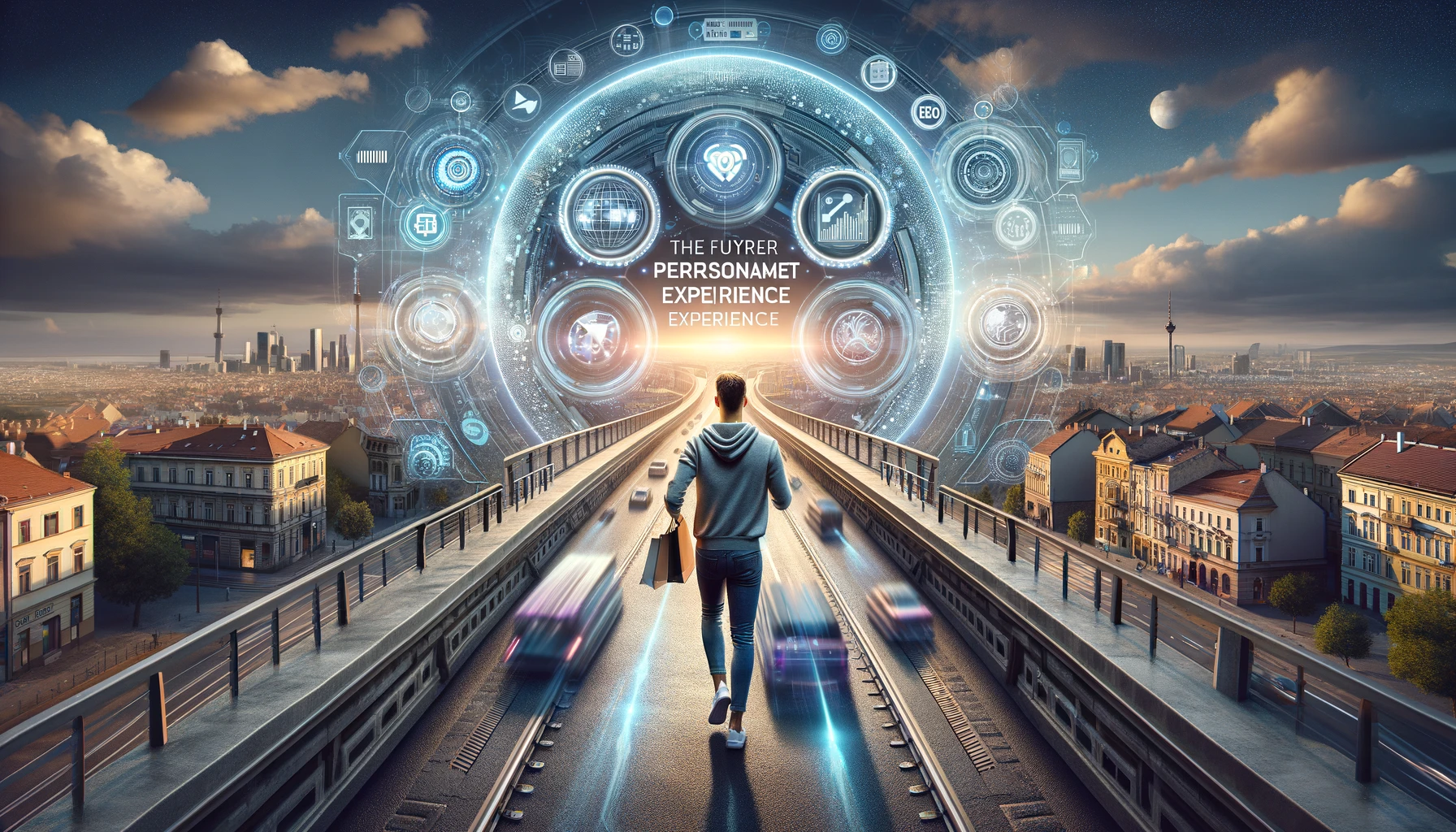
Today, multichannel marketing is a fundamental element of corporate strategies. In the digital age, customers interact with brands through more and more channels, which presents companies with complex challenges. The key to strengthening customer centricity is hyper-personalization, which allows us to offer content and offers that are precisely tailored to the customer's needs.
Hyper-personalization isn't just about sending name-based emails. Rather, it is the ability to offer a customized experience in real time, based on in-depth analysis of customer behavior and preferences. Data analysis and Artificial Intelligence This is where the application of (AI) becomes really decisive, as these tools allow companies to collect and process large amounts of data, predicting customer behavior and preferences.
Interesting statistics support the importance of hyper-personalization. The Epsilon marketing according to its research, customers 80% are more inclined to buy from brands that offer a personalized experience. Also, according to Salesforce, consumers 52% are likely to switch brands if they don't receive personalized communications.
The purpose of our article is to show how companies use advanced data analysis and artificial intelligence to create hyper-personalized customer experiences. The goal is to bring this complex topic closer to our readers through the content, helping them understand the current trends and the technologies that shape the customer experience of the future.
The challenge before us is how to integrate these advanced technologies into multichannel marketing strategies in a way that truly creates value for both customers and companies. The future of customer experience is therefore not only about technological development, but also about how we can use these tools in a human-centric way to build a real relationship with customers through different channels.
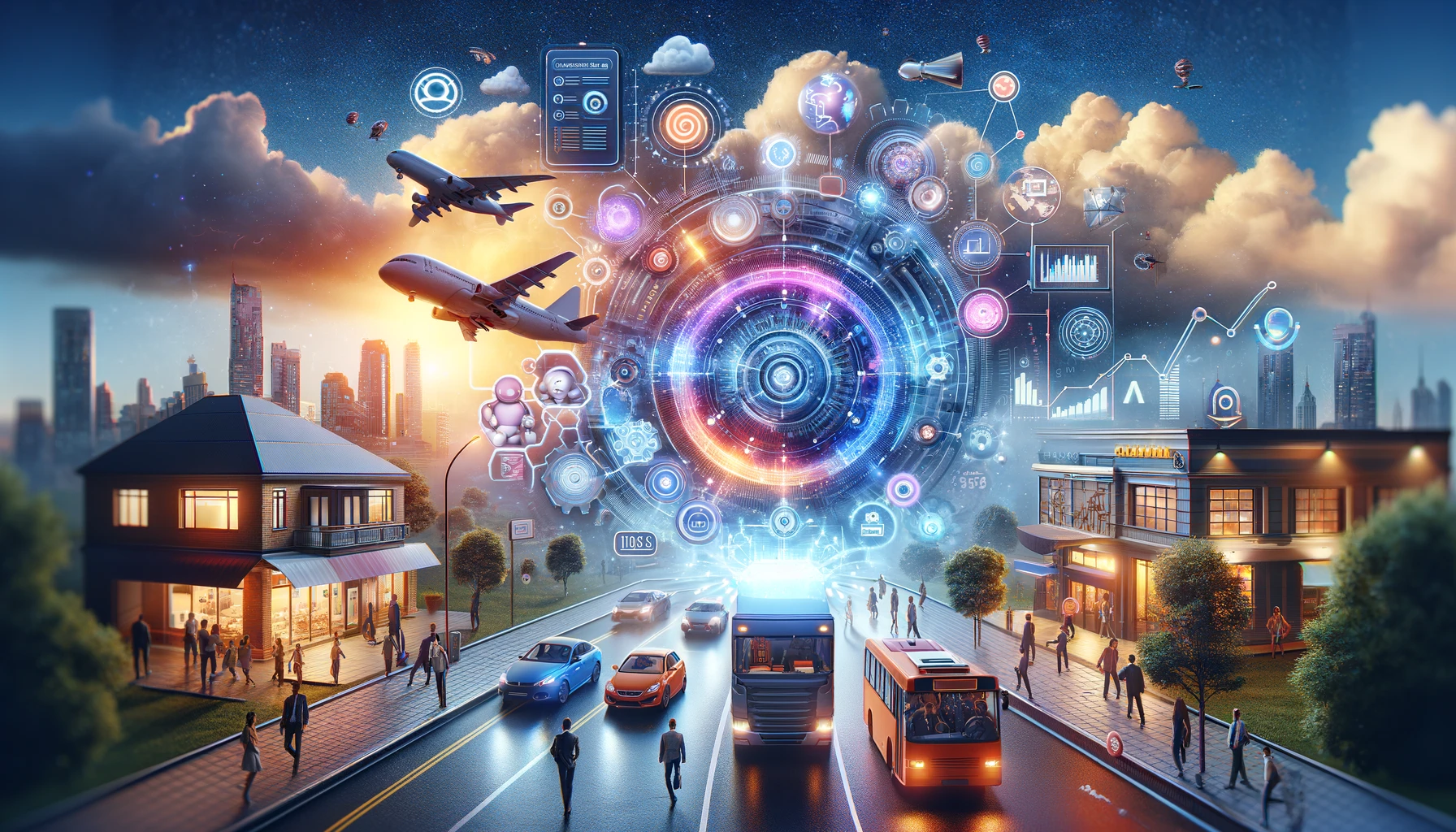
The Basics of Hyper-Personalization
When we talk about hyper-personalization, we're referring to a much more advanced, data-driven approach that goes miles beyond the traditional “Dear [Name]” type of greeting. This approach means deep, dynamic personalization that responds to the customer's unique needs, preferences and behavior, constantly adapting to their changes.
The Definition of Hyper-Custom
Hyper-personalization is a high-level, complex process that allows companies to precisely tailor their communications, offers and services to their customers. This type of personalization is not only based on the information provided directly by the customer, but by in-depth analysis of data including purchase history, online behavior patterns, interests and more, predicting the customer's needs and preferences.
The Importance of Data Collection and Analysis
The data the engine of hyper-personalization. Data collection and analysis enables companies to gain an accurate picture of their customers, understanding not only what they have purchased in the past, but also what motivates them, how they make decisions and what experiences they seek. This kind of data-driven approach fundamentally changes how we plan and execute marketing campaigns by putting the unique customer experience at the center.
The Role of AI and Machine Learning (ML).
AI and ML are critical components of hyper-personalization. These technologies are able to process and interpret the vast amounts of data that come from customers' online activities, enabling companies to apply personalization in real-time, in a predictive manner. AI can recognize patterns, learn from customer behavior, and make automated decisions about what content, offer, or message should be displayed to a given customer, optimizing the customer experience at every touchpoint.
According to a 2023 Gartner report, personalization techniques powered by AI and machine learning could increase customer satisfaction and business revenue by up to 25%. This statistic highlights the enormous potential that hyper-personalized multichannel strategies offer companies to stand out from the competition, build deeper customer relationships, and achieve long-term growth.
Hyper-personalization is therefore not just a marketing trend, but a fundamental change that is reshaping the way we interact with customers. As AI and ML technologies advance, companies must adapt to leverage these tools to radically improve the customer experience.
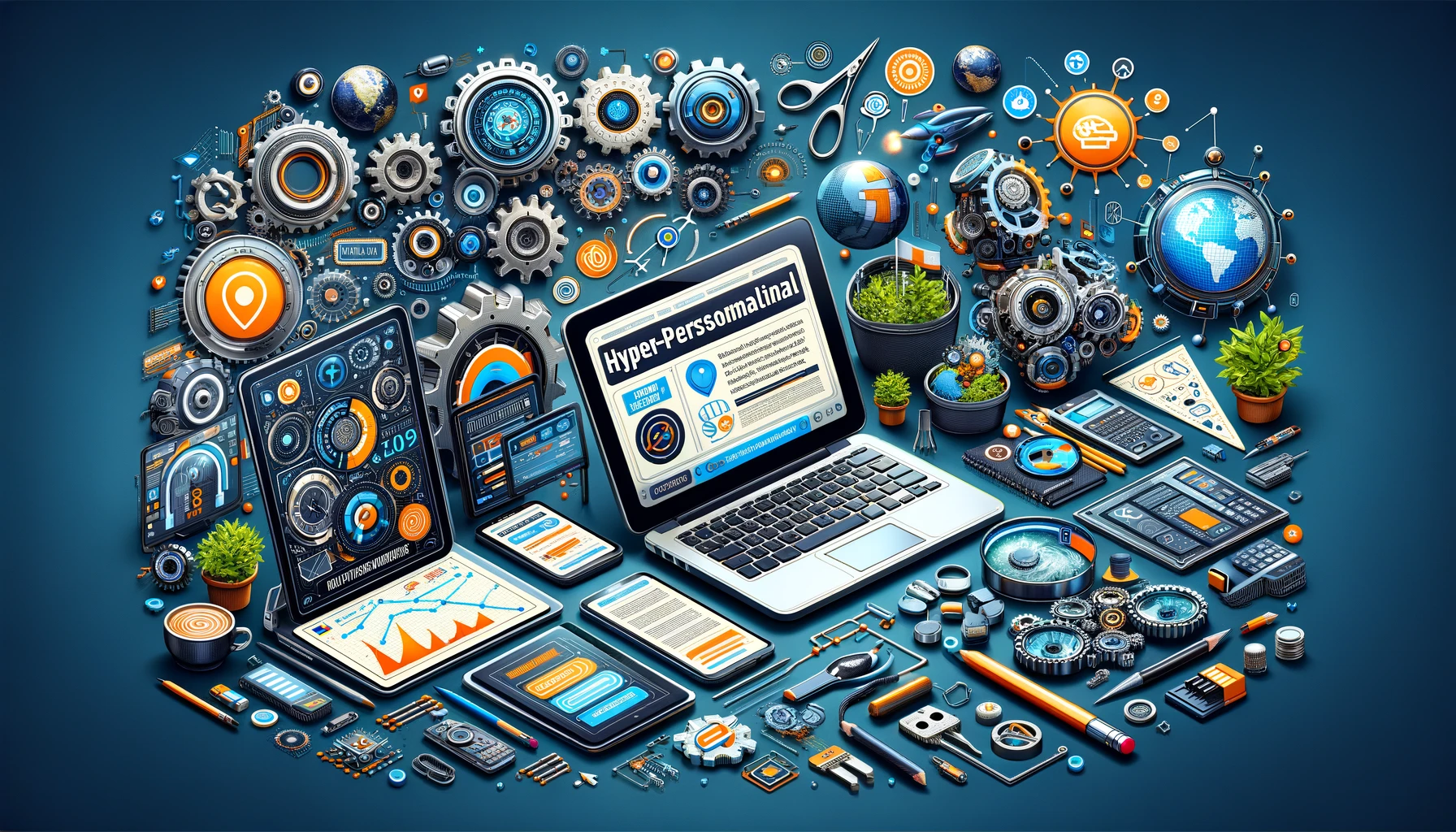
Technologies and Tools
At the forefront of customer experience transformation are AI (artificial intelligence) and ML (machine learning) technologies, which have become key tools for hyper-personalization. These technologies not only allow companies to understand their customers more deeply, but also offer predictions and recommendations that were previously unimaginable.
Introducing AI and ML
AI and ML technologies use algorithms and models that can learn from data, identify patterns and perform predictive analyses. This capability enables companies to implement automated yet highly personalized communications. For example, an AI-powered recommendation system can determine which products or services best match each customer's unique interests, improving the quality of the customer experience and increasing sales.
Big Data and Analytical Tools
Big Data and analytics tools allow companies to collect and analyze huge data sets that come from online and offline customer interactions. This type of analytics can be used to gain a deep understanding of customer preferences, behavioral patterns, and purchasing patterns. By analyzing the data, brands can better segment their target market and thus apply more precisely targeted, personalized marketing strategies.
CRM and Other Customer Management Platforms
CRM (customer relationship management) systems and other customer management platforms play a key role in implementing hyper-personalized multichannel strategies. These tools not only allow for centralized storage of customer data, but also data that tracks each interaction with customers. This enables companies to deliver a cohesive, unified customer experience across all channels while continuously refining their communications and offerings based on customer feedback and behavior.
According to a recent survey, more than 70% of companies believe that the use of AI and ML is crucial for future business success. Investing in improving the customer experience not only results in increased brand loyalty, but also offers companies long-term growth opportunities.
So hyper-personalization is one strategy, which combines state-of-the-art technologies and tools to enable companies to provide a truly unique, relevant and memorable customer experience. Companies that can adapt and adopt these technologies will gain an advantage over their competitors, building deeper customer relationships and maximizing customer value in every interaction.
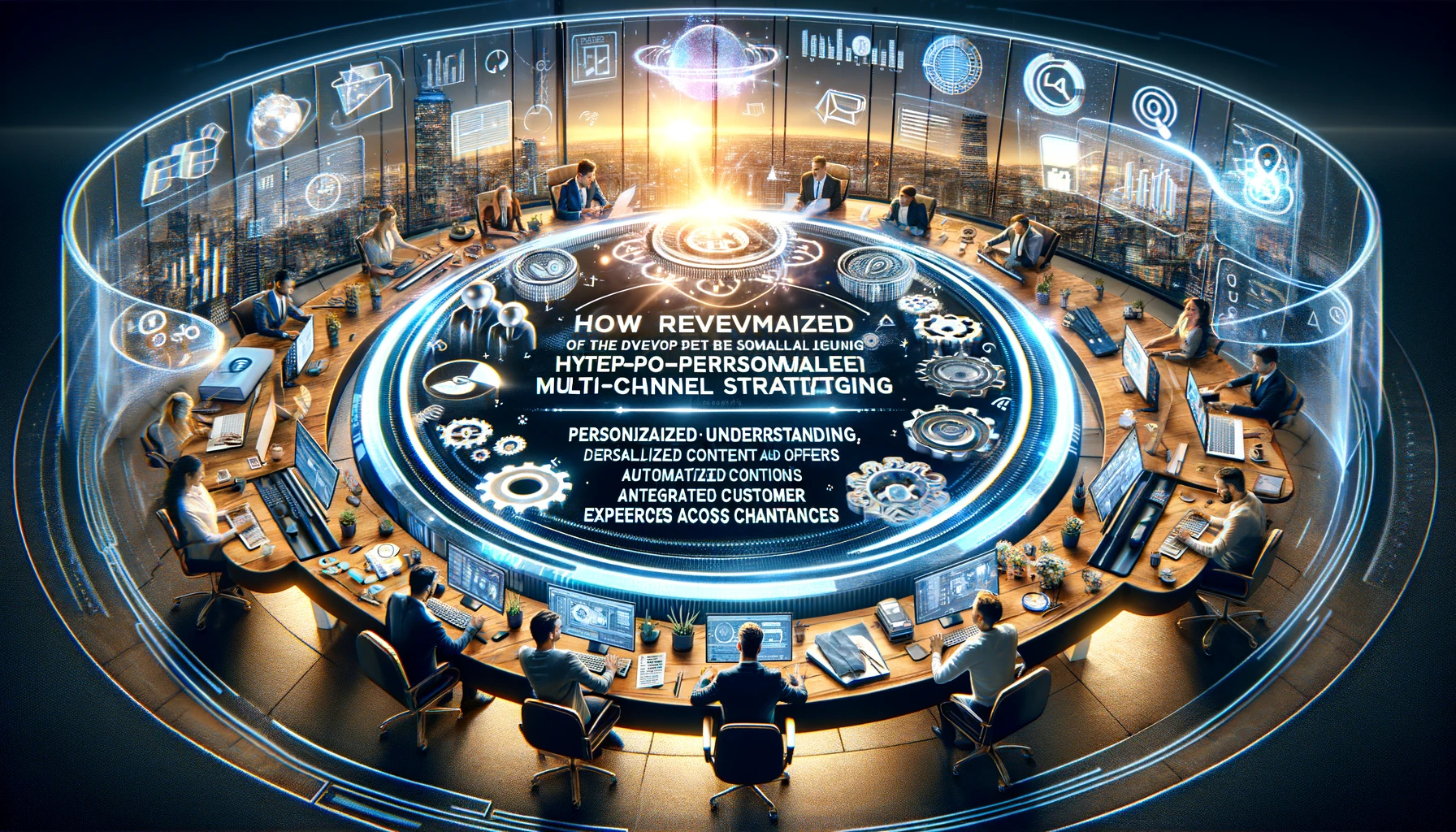
Development of Hyper-Personalized Multichannel Strategies
Developing hyper-personalized multichannel strategies is a dynamic process centered on the customer experience. Every step of this process is key at every stage of the customer journey to deliver a truly personalized, valuable and memorable experience. Let's take a closer look at how it works in practice.
1. Data-Driven Understanding
Data collection is fundamental to the success of hyper-personalization. Data not only reveals customer journeys and preferences, but also enables companies to gain deeper insight into customer needs by analyzing behavioral patterns. Tracking customer activity across channels, such as website visits, social media interactions or purchase history, provides key information for personalization.
2. Personalized Content and Offers
By analyzing customer-generated data and behavior, companies are able to create relevant, personalized content and offers. This may include personalization email campaigns, unique offers displayed on the website or social media ads that are exactly in the customer's interests. The dynamic content created and optimized in real-time, increasing customer engagement and improving sales rates.
3. Automated Interactions and Touchpoints
The use of chatbots and virtual assistants allows companies to communicate with customers in an automated yet personalized way. These tools are capable of answering customer questions in real time, assisting with purchasing decisions or even making recommendations, thereby improving the customer experience at every touch point.
4. Integration and Optimization of Customer Experience
In a hyper-personalized strategy, it is important that the customer experience across different channels is integrated and seamless. This means that every interaction a customer has with your brand, whether online or offline, is a coordinated and unified experience. By continuously analyzing and refining the data, companies are able to optimize the customer experience, helping to increase customer loyalty and strengthen long-term customer relationships.
Together, these steps form the backbone of hyper-personalized multichannel strategies, enabling companies to deliver truly unique and memorable customer experiences. The combination of data-driven understanding, personalized content and offers, automated interactions and an integrated customer experience are key to marketing success today and in the future.
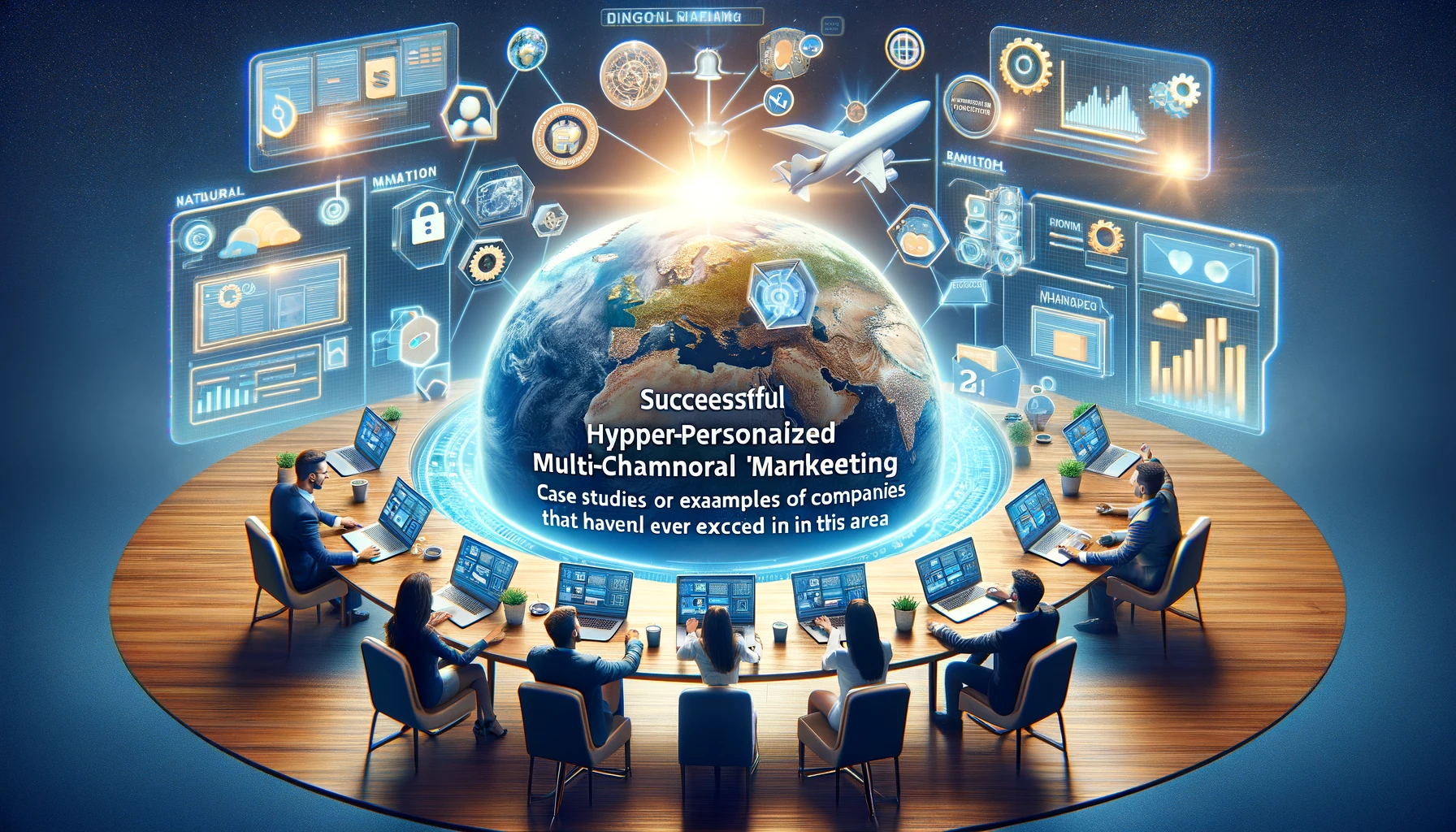
Successful Hyper-Personalized Campaigns
Developing hyper-personalized multichannel strategies is not just an advantage, but an expectation from consumers. Let's look at some successful examples of companies that have implemented this approach at a high level, and analyze what common characteristics make them stand out.
Case study 1: The E-commerce Giant
A leading e-commerce platform has implemented an AI-based recommendation system that analyzes customer behavior, purchase history and browsing habits in real time. The result? Personalized product recommendations brought a significant increase in conversion rates and customer engagement. The company was able to predict customer interests from browsing data, so it could act with relevant offers, which ultimately increased the average cart value by 35%.
Case Study 2: The Personalized Travel Experience
A global travel and accommodation booking company offers its customers unique travel packages, personalized with the help of AI and data analysis. Personalized travel offers are sent based on customers' previous bookings and browsing preferences, which not only increased customer satisfaction, but also increased rebooking rates by 20%.
Case Study 3: Personalized Healthcare Solutions
A health technology company has developed a mobile app that provides users with personalized health advice and support. The app uses AI-based analysis to track users' activities and health data, helping them achieve their health goals with personalized recommendations. This approach not only strengthened user engagement, but also helped achieve positive health outcomes.
Analysis of Common Characteristics
The companies behind successful hyper-personalized campaigns have several common characteristics:
- Data management: Every successful campaign is based on deep analysis and use of data.
- Technological innovation: Leveraging AI, ML, and Big Data technologies are key to improving personalization and predictive accuracy.
- Customer focus: Customer experience is the focus and every effort is made to meet customer needs.
- Dynamism: The ability to respond to customer behavior and preferences in real time.
These examples and commonalities point out that the key to the success of hyper-personalized multichannel strategies is a combination of technological innovation, effective use of data and a customer-centric approach. Companies that are able to operate these elements in concert can gain a significant advantage in the market.

Challenges and Solutions
Companies face many challenges when developing and implementing hyper-personalized multichannel strategies. These challenges can range from data collection and analysis, to technology integration, to data protection concerns. Let's take a closer look at these challenges and the solutions to overcome them.
Privacy Concerns
Hyper-personalization is based on data collection, which raises data protection issues. Customers may be concerned about the security of their data and how it will be used.
Solution: The key is transparency and informing customers about how and for what purpose their data is collected and used. Data protection policies must be clear and easily accessible, and customers must be given the opportunity to control how their data is handled.
Technological Integration
Implementing hyper-personalized strategies requires complex technology systems that can be challenging to integrate.
Solution: To facilitate technology integration, companies should invest in integrated platforms that connect data collection, analytics and customer relationship management. Such platforms enable seamless data flow and more effective personalization.
The Complexity of Personalization
Hyper-personalization requires high-level data analysis and continuous optimization, which can be complex and time-consuming.
Solution: The use of AI and machine learning can be key to managing complexity. These technologies automate data analysis and help identify patterns, reducing manual work and increasing the effectiveness of personalization.
Recommendations and Best Practices
- Compliance with Data Protection Principles: Always comply with data protection laws and ensure customer data protection.
- Customer focus: Improving the customer experience should be at the center of every decision.
- Continuous Testing and Optimization: Regularly test and refine hyper-personalization strategies so that they always respond to the current needs of customers.
- Technological Developments: Stay up-to-date on the latest technologies and tools that can help make hyper-personalization more effective.
Overcoming the challenges of creating hyper-personalized multichannel strategies is not an easy task, but with the right approach and technology, they can bring real value to companies. Transparency, customer focus and the use of technological innovations can be a the key to success in this is dynamically changing digital environment.
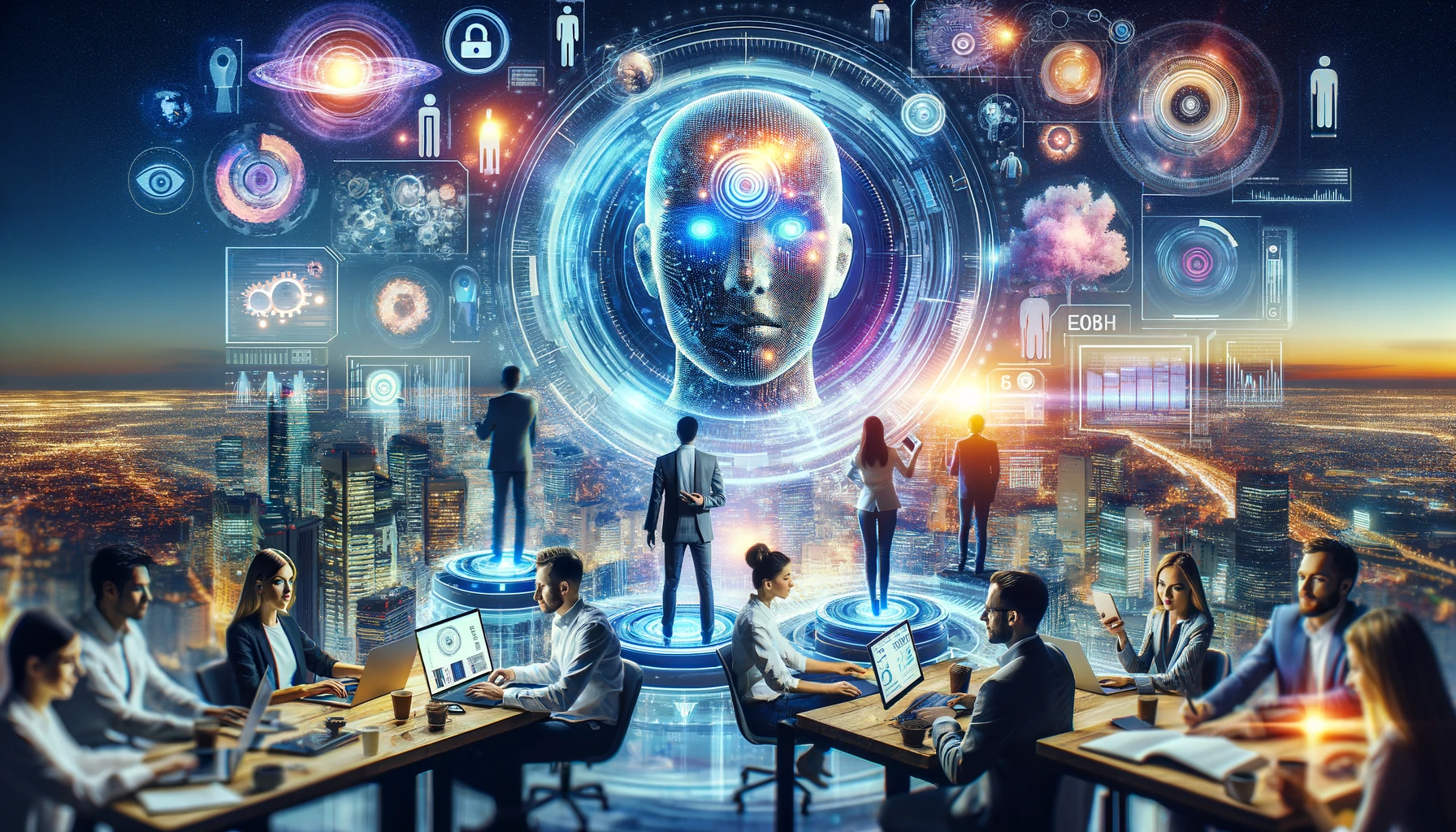
Future Prospects
The progress achieved in the field of hyper-personalization and multichannel marketing is already significant, but it is expected to undergo an even greater transformation in the near future. The continuous advancement of AI and technology opens up new opportunities for companies to reach their customers even more precisely and efficiently.
The Evolution of Hyper-Personalization
Hyper-personalization is expected to become more refined in the coming years, allowing companies to know and understand their customers in even greater detail. Increasingly sophisticated methods of data collection and analysis, as well as the development of AI and ML technologies, enable even more accurate predictions and personalization. This not only improves the customer experience, but also gives companies a significant competitive advantage.
The Impact of AI and Technology Development
AI and technological advancements continue to play a central role in multichannel marketing. AI will be able to assess and respond to customer behavior in real time, automating marketing campaigns and providing personalized offers. This not only improves the customer experience, but also increases the effectiveness and ROI of marketing campaigns.
Chatbots and virtual assistants, which already play a significant role in customer service and improving the customer experience, are becoming even more intelligent and interactive. They will be able to assess customer needs even more precisely and provide immediate, personalized responses.
In the future, it is expected that even more emphasis will be placed on data protection and ethical considerations. As hyper-personalization becomes more prevalent, companies must ensure that data collection and use fully respects customer privacy and complies with data protection regulations.
In summary, hyper-personalized multichannel strategies and the technological development of AI are opening up new dimensions in the field of customer experience. It is important for companies to keep up with these changes and exploit the potential of new technologies. The goal is to provide our customers with the best possible experience while constantly striving for development and innovation in the world of digital marketing.

The future of customer experience is an exciting and challenging field where hyper-personalized multichannel strategies can transform how we communicate and connect with our customers. As technology advances, so do new opportunities for companies and marketers to elevate the customer experience.
Initiate Change!
For companies: Now is the time to review your current strategies and prepare for the new era of customer experience. Using the power of data and AI, you can open new avenues in personalization that can not only increase customer satisfaction, but also loyalty and revenue.
For Marketing Professionals: Be the vanguard of innovation! Data-driven decision-making and the creation of hyper-personalized campaigns will be essential in any successful marketing strategy. Constantly learn about new technologies and apply them creatively to differentiate yourself from the competition.
Steps to the Future
- Innovation and Experimentation: Don't be afraid to try new technologies and approaches. AI, machine learning, and big data are just some of the tools you can use to revolutionize customer relationships.
- Education and Development: Organize trainings and workshops to keep your teams up-to-date on the latest customer experience trends and technologies.
- Privacy and Trust: Ensure that your data collection and management practices comply with the latest data protection regulations. Customer trust is fundamental to long-term success.
- Customer-oriented Culture: Build a company culture that prioritizes customer centricity and puts the customer experience at the center of every decision.
Transforming the customer experience is not an easy task, but steps towards hyper-personalized multichannel strategies can lead to significant benefits. Openness to innovation, the application of technological developments and the ethical use of data are key to shaping the future of customer experience. Take action today to prepare for the customer experience of tomorrow!





